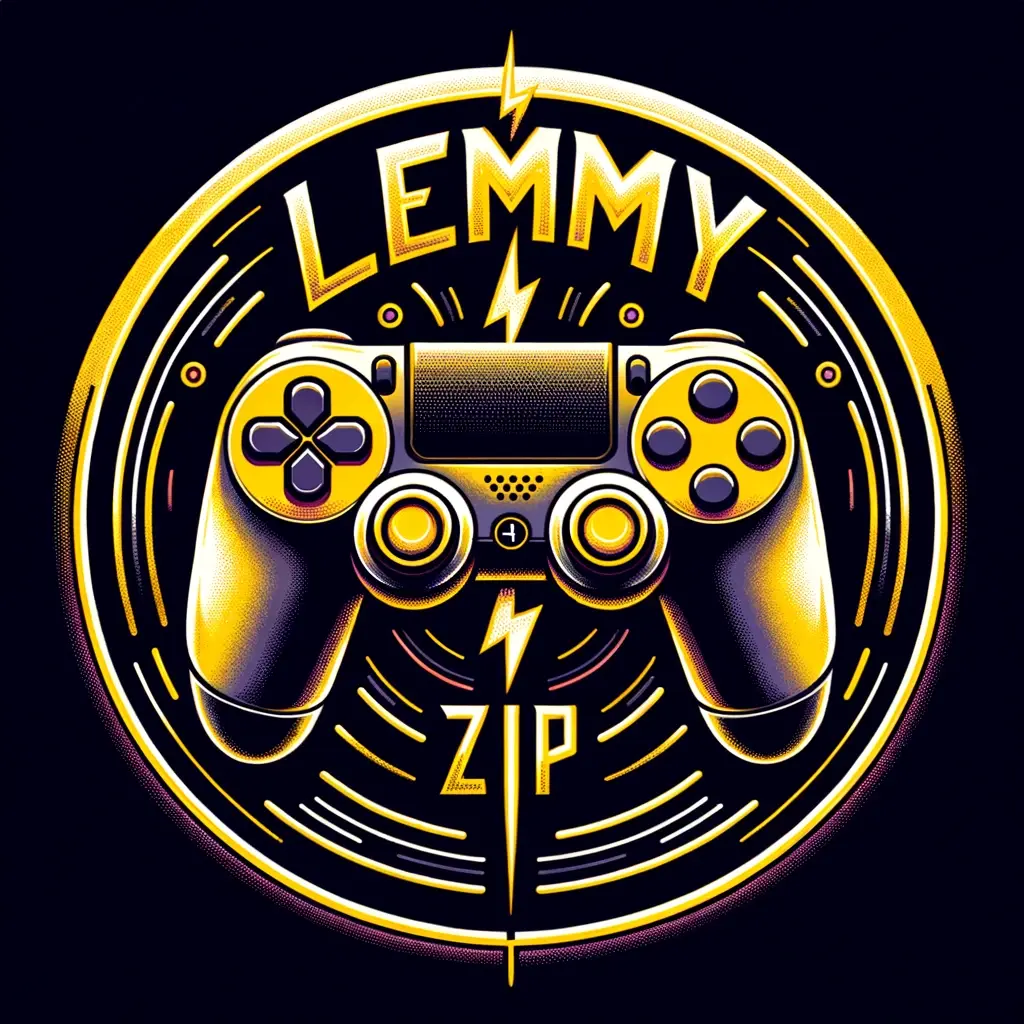

I believe quantum computers are only going to really threaten asymmetric encryption, like the one used in SSH keys. Things like RSA, DSA, and ECDSA, as well as Diffie-Hellman key exchanges are potentially weak to future quantum computers brute forcing those integers.
Symmetrical encryption should hold up much better against quantum. An algorithm like AES or ChaCha20 should be fine with a bit key length of 256 or higher.
Or just move to the post-quantum algorithms to be safe.









You’re right. Only thing is that this is currently being worked on by multiple nation states as well, as these theories do have a military advantage. There will be money and resources pouring into this field for decades.
Even if it takes another 3 or 4 decades, the goal posts are planted, and I think Q-Day will eventually happen. Of course, im just assuming and can’t know the future. For now, it is a toy as you have said.